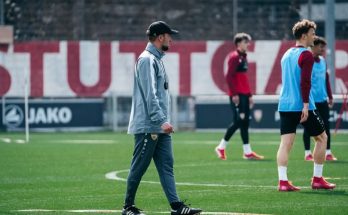In the high-stakes world of professional basketball, team dynamics often extend beyond the X’s and O’s drawn up by coaches. One of the most revealing aspects of this internal culture is the players-only meeting—an unscripted, unfiltered gathering where teammates confront each other without the watchful eyes of coaches or media. These meetings can be transformative, serving as a crucible where team chemistry is tested, egos are checked, and leadership is either solidified or shattered.
Shane Battier, a former NBA player known for his cerebral approach to the game and his role as a locker room leader, has offered rare insights into these clandestine sessions. In a candid interview, he recounted a particularly intense players-only meeting where he had to take a bold stance to restore order and focus within the team.
The incident occurred during a challenging stretch in the season when tensions were high, and the team’s performance was under scrutiny. Battier, ever the tactician, recognized that the team needed a moment of reckoning—a moment where the players could confront their issues head-on without the usual filters.
As the meeting progressed, it became evident that certain players were not fully engaged, their body language dismissive, and their commitment questionable. Battier, unwilling to let the moment slip into complacency, addressed the situation directly. With a pointed remark, he called out one of the players, saying, “Hey, Duke boy, shut the fu\*k up and sit in the corner!” The comment was a jarring disruption, but it served its purpose.
The room fell silent. The bluntness of Battier’s words cut through the tension, forcing everyone to pay attention. It was a wake-up call—a reminder that in the NBA, where every game can be a defining moment, complacency and entitlement have no place.
What followed was a raw and honest dialogue among the players. Battier facilitated the conversation, encouraging teammates to express their frustrations, acknowledge their shortcomings, and recommit to the collective goal. It wasn’t about singling out individuals but about holding each other accountable.
These players-only meetings are not just about airing grievances; they are about forging a stronger bond among teammates. They are a testament to the idea that leadership isn’t always about being the loudest voice in the room but about knowing when to speak up and when to let silence do the talking.
In the aftermath of that pivotal meeting, the team’s performance improved. Battier’s willingness to confront uncomfortable truths and his ability to steer the team back on course underscored the importance of leadership in maintaining a team’s focus and unity.
While the specifics of that meeting remain a part of NBA lore, the underlying lesson is clear: players-only meetings are a vital component of team dynamics. They provide a platform for players to take ownership of their collective destiny, to challenge each other, and to emerge stronger as a unit.
In the end, it’s not just about the strategies drawn on a whiteboard or the plays executed on the court; it’s about the relationships built in those unscripted moments—the moments where players look each other in the eye and say, “We are in this together.”
Shane Battier’s experience serves as a poignant reminder that in the NBA, as in life, the most significant victories often come not from external accolades but from the internal strength of a unified team.



